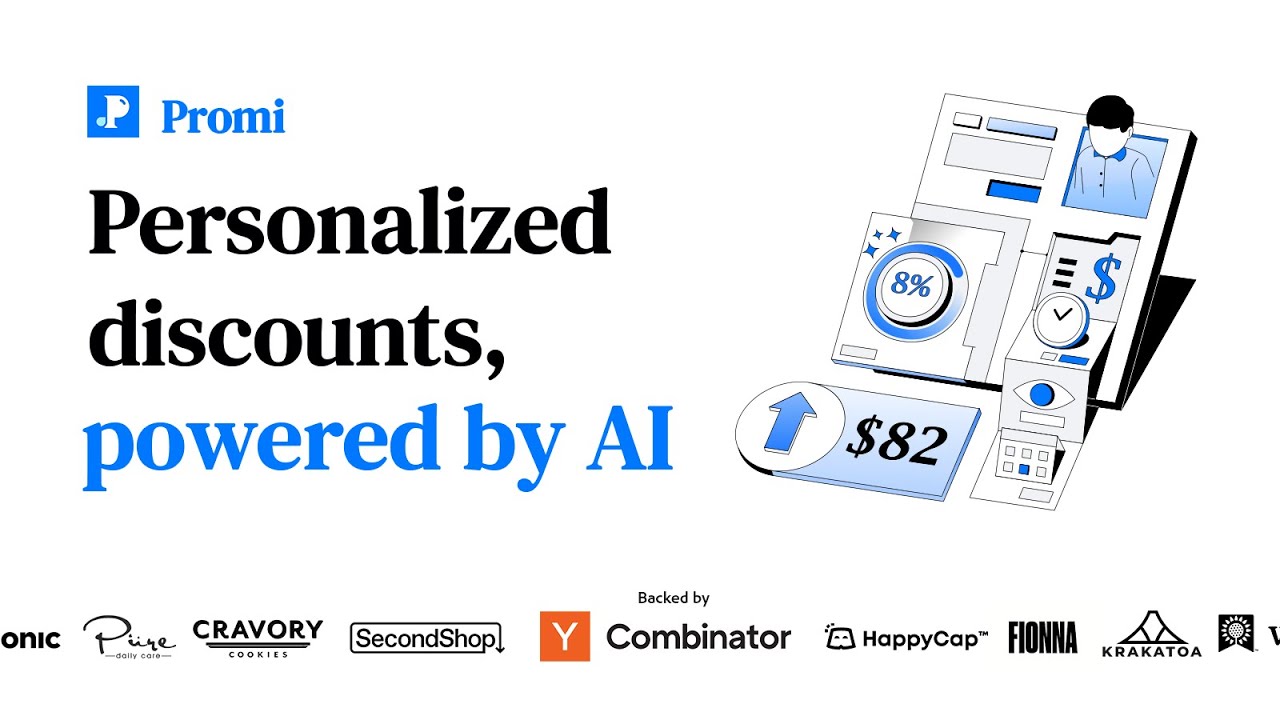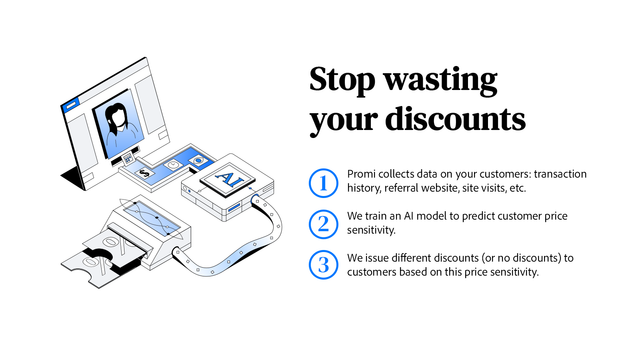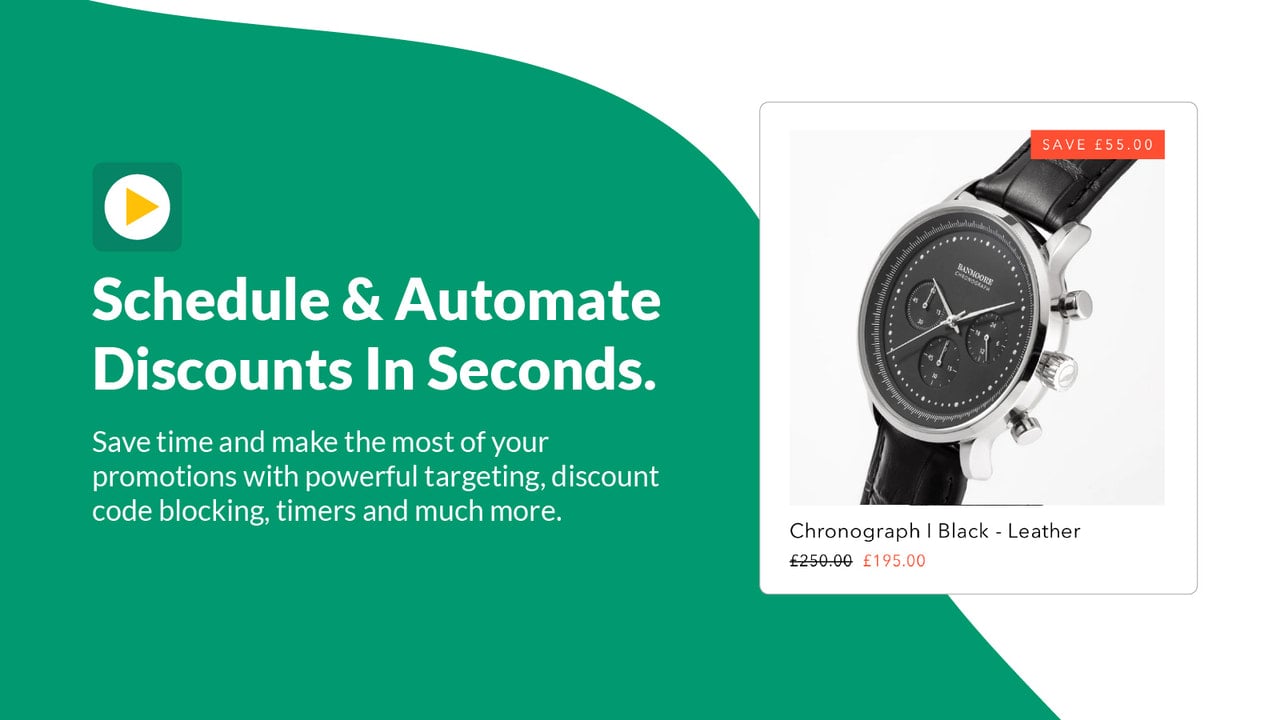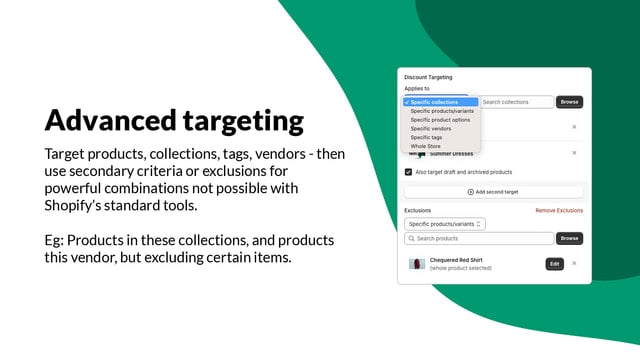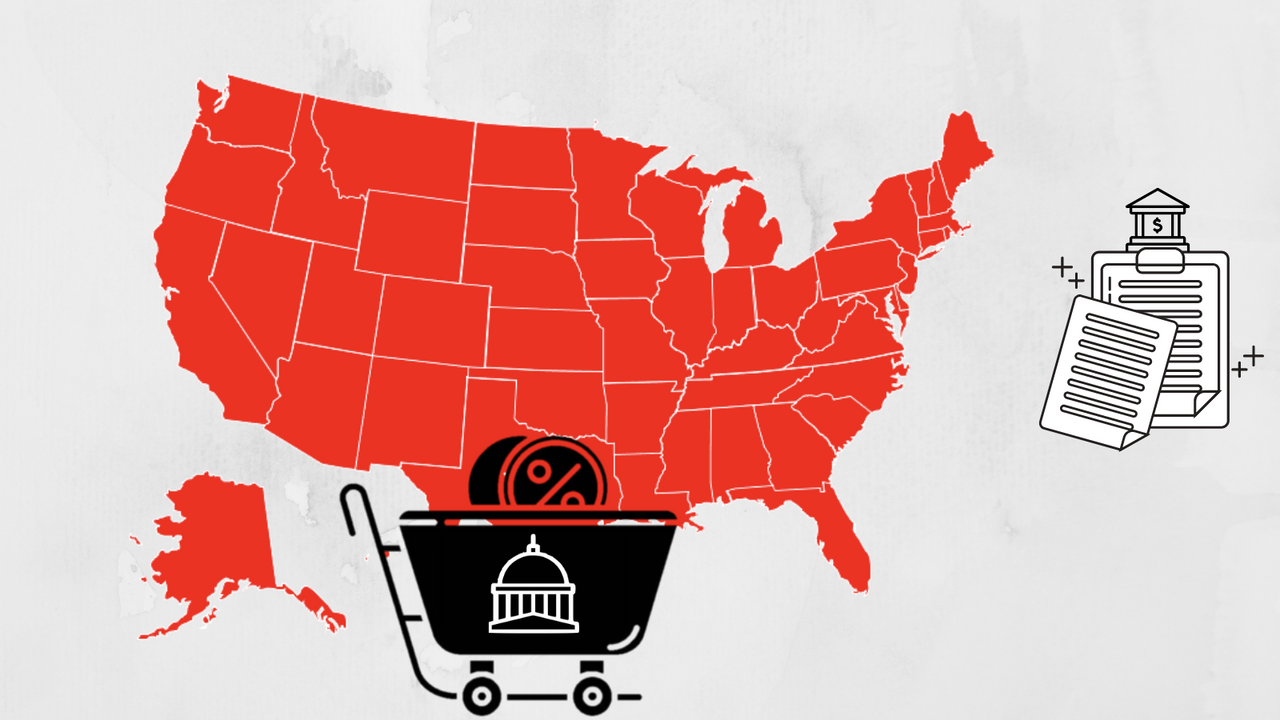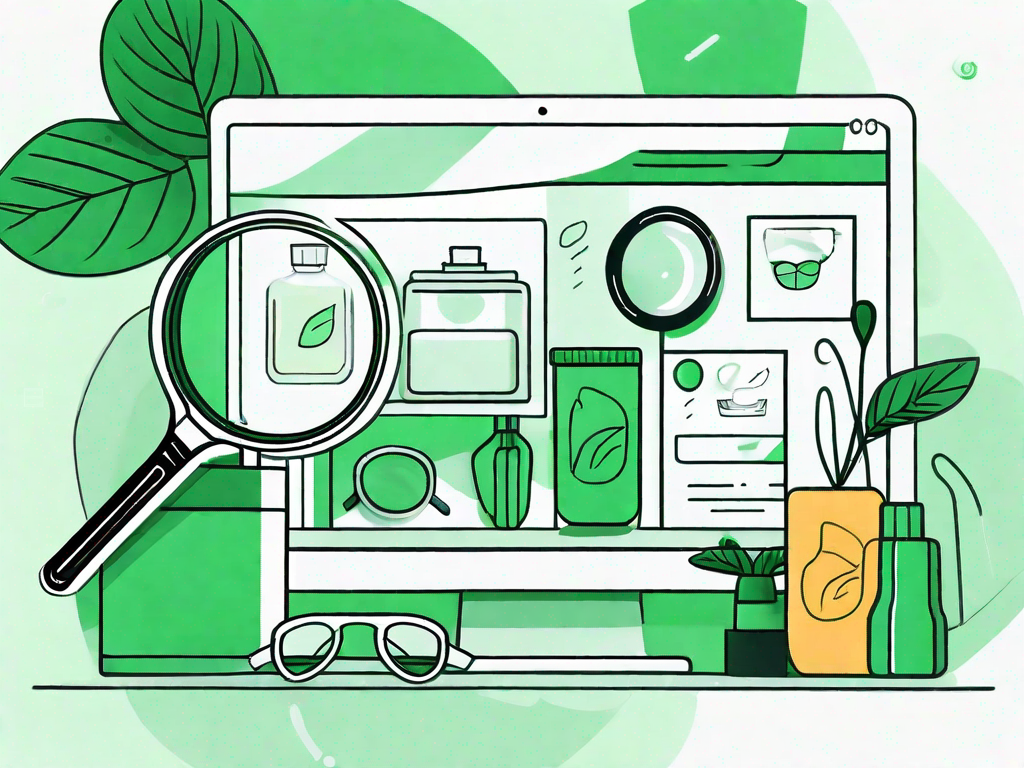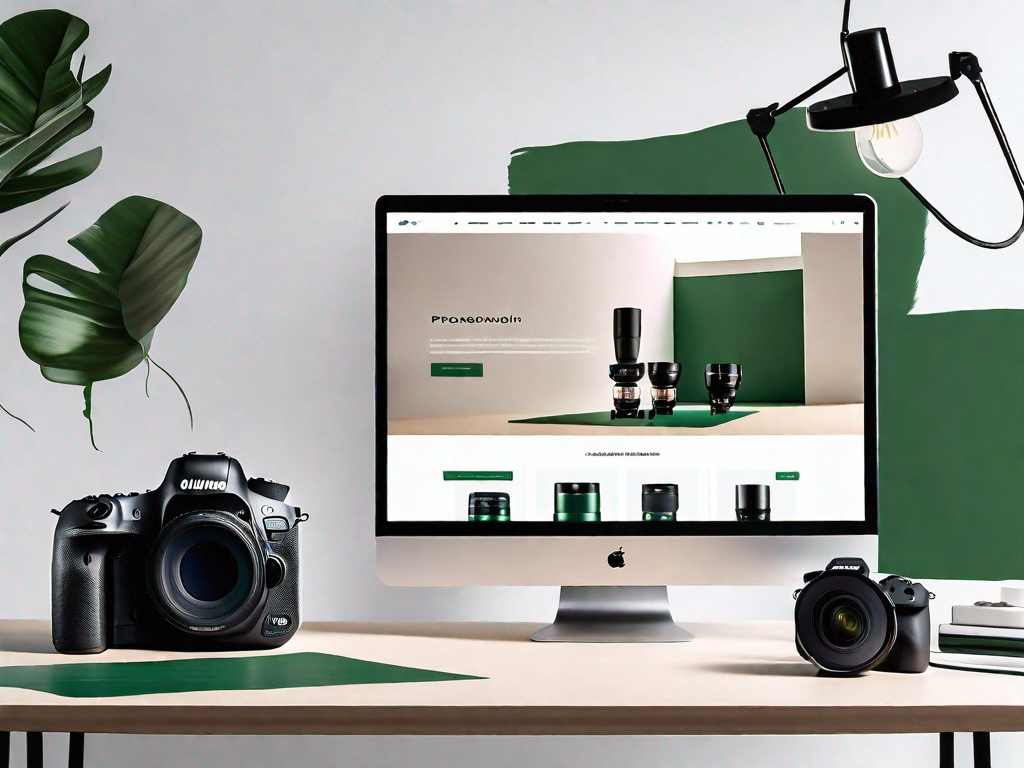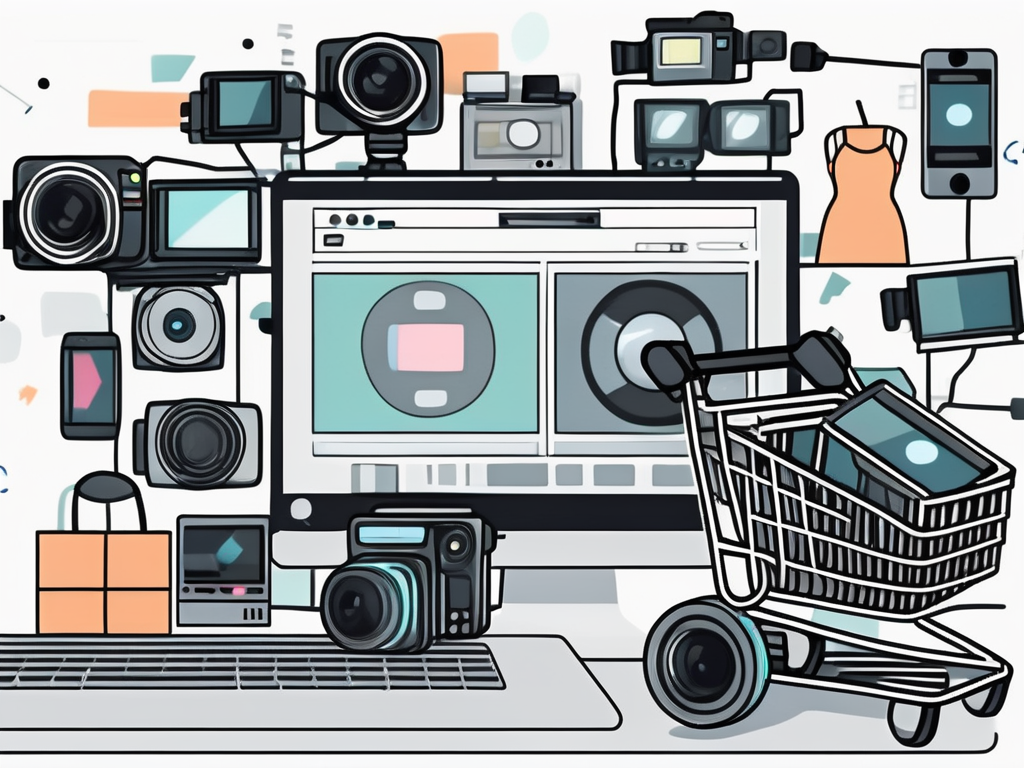In today's highly competitive retail landscape, it is essential for store owners to adopt effective strategies to optimize their stores and drive success. Store optimization involves various aspects such as store layout, visual merchandising, inventory management, and leveraging technology. In this article, we will explore the top store optimization tips that can help retailers stay ahead of the game and deliver exceptional shopping experiences for their customers.
Understanding Store Optimization
Before diving into the specific tips, it is crucial to understand the importance of store optimization. At its core, store optimization aims to enhance the overall shopping experience by creating a welcoming and engaging environment for customers. It involves strategically arranging and presenting products, maximizing space utilization, and leveraging technology to streamline operations and improve efficiency.
Store optimization is not just about rearranging shelves and displays; it's a comprehensive approach to creating a harmonious shopping environment that caters to the needs and preferences of customers. By focusing on every detail, from the layout of the store to the placement of products, retailers can create a memorable and enjoyable shopping journey for their patrons.
The Importance of Store Optimization
A well-optimized store can significantly impact customer satisfaction and sales. By creating an attractive and organized store layout, retailers can encourage shoppers to explore the entire store, increasing the likelihood of additional purchases. Furthermore, an optimized store layout can also facilitate smoother customer flows, reducing congestion and enhancing the overall shopping experience.
Moreover, store optimization goes beyond just increasing sales; it also plays a crucial role in building brand loyalty and customer retention. When customers have a positive shopping experience in a well-organized store, they are more likely to return and recommend the store to others, thus creating a cycle of growth and success for the retailer.
Key Elements of Store Optimization
Store optimization encompasses several key elements that work together to create a seamless shopping experience. These include strategic product placement, effective store layout designs, attention-grabbing window displays, impactful in-store signage, efficient inventory management, and the integration of technology such as point-of-sale (POS) systems and e-commerce platforms.
Effective store optimization also involves understanding customer behavior and preferences, using data analytics to make informed decisions, and continuously adapting to market trends. By staying agile and responsive to changing consumer needs, retailers can ensure that their store remains relevant and competitive in the ever-evolving retail landscape.
Implementing Effective Store Layouts
One of the fundamental aspects of store optimization is designing an effective store layout. A well-organized layout can influence customer behavior and guide them through the store, increasing the chances of making purchases. Strategic considerations such as product categorization, aisle spacing, and shelving heights should be taken into account to ensure a pleasant shopping experience.
When creating a store layout, it's crucial to consider the psychological aspects that influence consumer behavior. For example, placing essential items like milk and eggs at the back of the store can lead customers to navigate through other products, potentially increasing their overall purchase. Understanding how customers move through the store and strategically placing popular items along their path can enhance sales and customer satisfaction.
The Power of Strategic Product Placement
Strategically placing products within the store can have a significant impact on sales. Utilizing eye-level shelves to showcase popular or high-margin items can capture the attention of customers and encourage impulse purchases. Additionally, grouping related products together can make it easier for shoppers to find what they need, leading to increased customer satisfaction.
Moreover, creating focal points within the store, such as seasonal displays or themed sections, can attract customers' attention and drive interest in specific products. By regularly updating these focal points to align with current trends or holidays, retailers can keep the shopping experience fresh and engaging for customers.
Creating a Smooth Customer Flow
A smooth customer flow is essential for reducing congestion and creating a stress-free shopping environment. Placing prominent signage at strategic points throughout the store can help guide customers and prevent bottlenecks. Furthermore, ensuring that aisles are wide enough to accommodate shopping carts and allowing ample space for customers to browse can contribute to a positive shopping experience.
In addition to physical layout considerations, incorporating technology such as mobile apps for wayfinding or self-checkout kiosks can further streamline the shopping process. By leveraging technology to enhance the customer experience, retailers can cater to the preferences of modern shoppers and differentiate themselves in a competitive market.
Harnessing the Power of Visual Merchandising
Visual merchandising is a critical aspect of store optimization that involves presenting products in an appealing and enticing manner. Effective visual merchandising techniques can capture customers' attention and drive sales.
One key element of visual merchandising is the strategic use of color psychology. Colors can evoke specific emotions and influence consumer behavior. For example, warm tones like red and orange can create a sense of urgency and excitement, making them ideal for highlighting promotions or limited-time offers. On the other hand, cool tones like blue and green can convey a sense of calm and trust, which can be beneficial for showcasing high-end or luxury products.
The Role of Window Displays
Window displays can serve as the first point of contact between a store and potential customers. A well-designed window display can create intrigue and attract passersby, encouraging them to enter the store. Incorporating eye-catching visuals, engaging props, and stunning product displays can entice customers and pique their interest.
Moreover, seasonal window displays can help create a sense of excitement and anticipation among customers. By aligning window displays with holidays, festivals, or current trends, retailers can establish a connection with shoppers and showcase relevant products in a timely manner. This not only enhances the overall shopping experience but also increases the likelihood of impulse purchases.
In-Store Signage and Promotions
Strategically placed signage and promotions within the store can direct customer attention to specific areas or products. Clear signage displaying discounts, promotions, or limited-time offers can prompt customers to make purchase decisions quickly. Additionally, well-placed signage can guide customers to different store sections, ensuring they don't miss out on any product offerings.
Interactive signage, such as digital displays or touch-screen kiosks, can further enhance the in-store experience by providing additional product information, styling tips, or personalized recommendations. By incorporating technology into traditional signage, retailers can create a seamless omnichannel shopping experience that caters to the needs and preferences of modern consumers.
Optimizing Inventory Management
Efficient inventory management is essential for ensuring that products are consistently available to meet customer demands. Proper inventory management practices can help reduce stockouts, boost inventory turnover, and minimize carrying costs.
One crucial aspect of inventory management is understanding the demand patterns of customers. By analyzing historical sales data and market trends, businesses can gain valuable insights into consumer behavior. This information can be used to forecast demand accurately, ensuring that the right amount of stock is available at the right time.
Balancing Stock Levels
Maintaining appropriate stock levels is crucial. Overstocking can lead to higher carrying costs, while understocking can result in missed sales opportunities. Analyzing past sales data, monitoring industry trends, and implementing effective forecasting techniques can help retailers strike the right balance and optimize inventory levels.
Moreover, it is essential for businesses to consider seasonality and external factors that may impact demand. By factoring in variables such as holidays, promotions, and economic conditions, companies can adjust their inventory levels accordingly to meet customer needs while minimizing excess stock.
Efficient Inventory Turnover Strategies
Optimizing inventory turnover is key to profitability. Slow-moving or obsolete stock ties up valuable capital and shelf space. Implementing inventory management systems that track sales velocity, identify slow-moving items, and facilitate timely replenishments can help retailers improve inventory turnover and profitability.
In addition to tracking inventory turnover rates, businesses can also focus on enhancing their supply chain efficiency. By establishing strong relationships with suppliers, streamlining procurement processes, and implementing just-in-time inventory practices, companies can reduce lead times and carrying costs, ultimately improving their bottom line.
Leveraging Technology for Store Optimization
Embracing technology can greatly enhance store optimization efforts by improving operational efficiency, enhancing customer experiences, and providing valuable data insights.
Technology has become an indispensable tool for retailers looking to stay competitive in today's fast-paced market. By leveraging innovative solutions, businesses can not only streamline their operations but also gain a competitive edge. From automated inventory management systems to AI-powered customer service chatbots, the possibilities are endless.
The Impact of POS Systems
Modern POS systems offer a wide range of features and capabilities, from inventory management and sales tracking to customer relationship management (CRM) and analytics. Utilizing a robust POS system can streamline daily operations, improve inventory accuracy, and provide valuable business insights to make informed decisions.
Furthermore, POS systems can help retailers track customer preferences and purchase history, enabling personalized marketing strategies and loyalty programs. By analyzing data collected through POS systems, businesses can tailor their offerings to meet the specific needs and preferences of their customer base.
The Role of E-commerce in Physical Stores
Integrating e-commerce features into physical stores can provide customers with a more seamless and personalized shopping experience. Offering click-and-collect options, enabling in-store online ordering, or leveraging digital signage can bridge the gap between online and offline shopping, ultimately boosting sales and customer satisfaction.
Moreover, the integration of e-commerce functionalities can help retailers reach a wider audience and extend their market reach beyond physical store locations. By creating a cohesive omnichannel experience, businesses can cater to the preferences of modern consumers who expect a seamless shopping journey across all touchpoints.
By embracing these top store optimization tips, retailers can create highly efficient and customer-centric shopping experiences that drive success and elevate their brand in the ever-evolving retail landscape.
Ready to take your Shopify store to the next level? Let Owlfred, your wise owl companion from OwlMix, guide you to success. Discover innovative solutions to enhance your store's performance by exploring our comprehensive directory of Shopify apps. Whether you're looking to improve your marketing, streamline inventory management, or create a more engaging customer experience, OwlMix has you covered. Find your next Shopify app today and watch your business soar with the help of our curated and insightful recommendations. Join the flock of successful Shopify store owners who trust OwlMix for their optimization needs!



